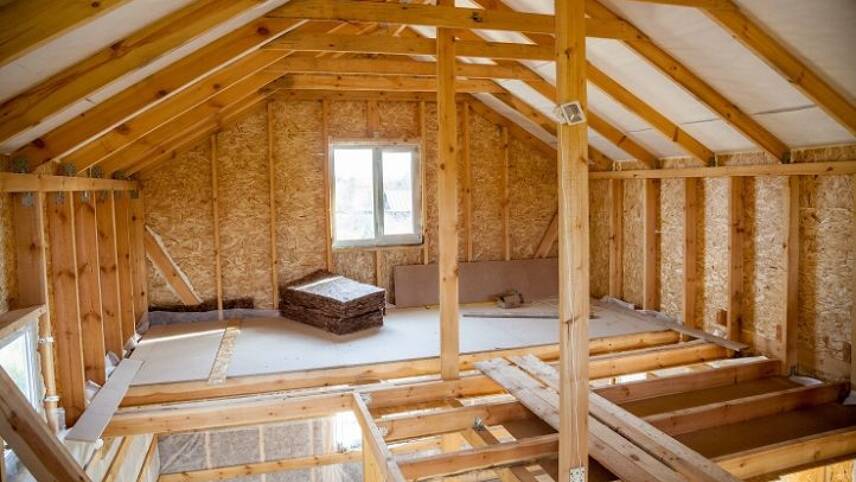Register for free and continue reading
Join our growing army of changemakers and get unlimited access to our premium content

A year ago today, the Clean Growth Strategy launched an ambitious strategy for decarbonisation of the UK economy emphasising the opportunities that it offers to the UK. The positive tone and ambitious policies marked a new chapter for the sector, one where green technologies are not just good for the environment, but for the economy as well.
One of the most ambitious targets in the Clean Growth Strategy was in the housing sector, where the Government set out plans to upgrade all fuel poor homes to EPC Band C by 2030, as well as setting out that as many houses as possible should be EPC Band C by 2035, where this is practical and affordable.
Housing remains one of the hardest areas to decarbonise in the UK with direct emissions from housing rising in both 2016 and 2017.
Improving the energy efficiency of the housing stock is one of the best ways to reduce carbon emissions from buildings. About three quarters of the emissions savings from buildings by 2030 are expected to be delivered by energy efficiency measures. This not only helps save the planet, but saves money for consumers, and can even save lives.
Energy efficiency measures installed since 2004 are already saving the average household £500 a year, and research from UKERC suggests that they could be cut by a further £270 a year through cost effective measures. Energy efficiency can also bring about health benefits and savings: cold homes are estimated to cost the NHS £1.36bn a year – with doctors often unwilling to discharge elderly patients to homes that may not be warm enough to support their recovery. Overall, research by Frontier Economics suggests energy efficiency could deliver a net boost to the economy of between £7.5bn and £8.7bn.
Despite the clear benefit from energy efficiency improvements, installation rates have fallen significantly in recent years. The National Infrastructure Commission recommended this year that government should be installing 21,000 energy efficiency measures a week by 2020; current rates are only 9,000 per week. There is clearly more to do.
In the year since the Clean Growth Strategy, there has been some welcome progress. On the industry side, the BEIS has released a consultation on how it can achieve a 20% reduction in business energy efficiency by 2030. On the domestic side, the Government published proposals that refocus the Energy Company Obligation entirely towards low income and vulnerable households. Welcome steps but we could be bolder.
Whilst these are crucial areas to focus on, it leaves both the ‘able-to-pay’ householders and other property owners, including private and social landlords, with little policy support or incentive at a time when many of the ‘cheap’ energy efficiency measures have already been taken up.
To achieve the ambitions of the Clean Growth Strategy, there need to be concrete, stable policies, including a delivery mechanism and a trajectory for a tightening of energy efficiency standards, across the housing sector. That is why, with colleagues from across Parliament, I’ve written to the Treasury asking for the budget to contain £1.1bn of addition investment in energy efficiency per year over the next 15 years. This could save at least 25% of UK energy consumption, and leverage £3.9bn of additional private investment.
This should be the foundation stone in a wider effort to deliver energy efficiency in homes. As the Committee on Climate Change suggests, there needs to be a nationwide training programme to develop high professional standards and skills across building retrofit, including installers, which ensures that consumers are receiving trustworthy, accurate information and high quality energy efficiency installations.
While retrofitting older homes is clearly the main source of savings – both in terms of money and carbon – there is an easy win regarding new homes. Simply ensuring that they are built with energy efficiency in mind can ensure that there is no need for costly retrofits in the future. The Government has recognised this, with their recently released Industrial Grand Challenge mission, to halve the energy use of new buildings by 2030. To achieve this, the Government may need to strengthen building standards from now out to 2030.
Many of us will have been shocked by the headlines over the last week that set out how urgent action is to tackle climate change. While it is tempting to set out grand plans for the next hundred years, we must not forget to also focus on the cost effective steps that we can take now to help achieve it. From an economic, environmental and social perspective, improving energy efficiency will play a crucial role.



Please login or Register to leave a comment.